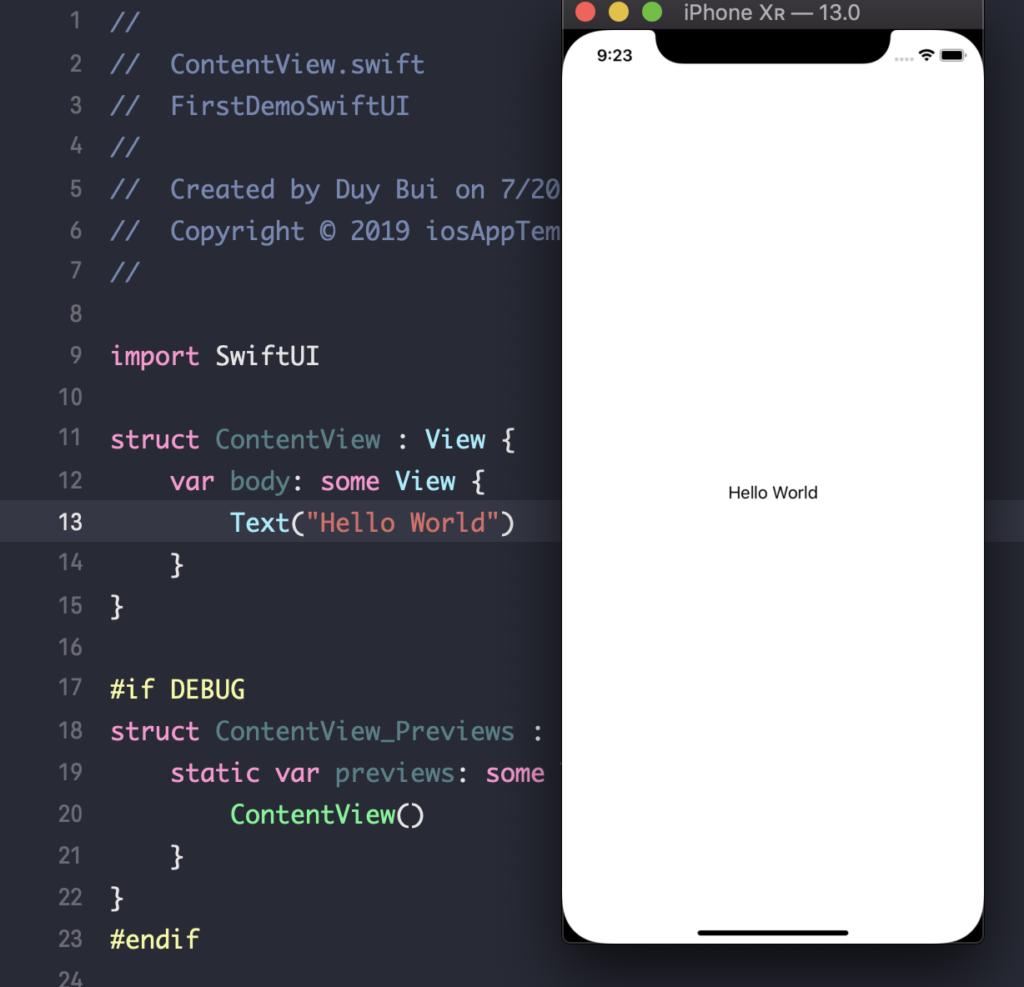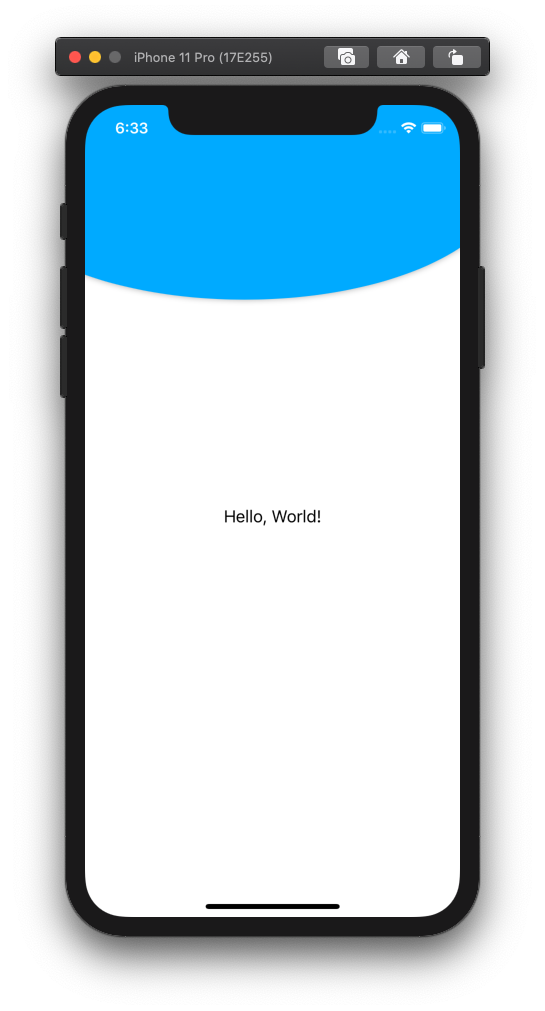

Note that at least for the time being, the Layout protocol cannot be used to create lazy containers, like LazyHStack, or LazyVStack. Although the Layout protocol is new this year (at least publicly), we’ve been using this since day 1 of SwiftUI, every time with place views inside an HStack or VStack.
#Swiftui vstack size how to#
The mission of the types that adopt the Layout protocol, is to tell SwiftUI how to place a set of views, and how much space it needs to do so.
#Swiftui vstack size code#
Nevertheless, you can just copy the code and use it as is. It is because the tool is built using the knowledge from this post. There’s a reason I put it at the very end of the second part. The tool can help you with SwiftUI in general and does not require that you understand the Layout protocol to use it. If at any point reading this post, you decide that the Layout protocol is not for you (at least for the moment), I still recommend you check the section: A Helpful Debugging Tool (in part 2). That will make sure we are both in the same page when we start exploring the more advanced features described in part 2. That is alright, although I still recommend you check the first part, at least superficially. If you are already familiar with the Layout protocol, you may want to skip to part 2. Another Composition Example: Interpolating Two Layouts.

There’s a lot to cover, so I’ll break this post up in two parts: However, before we can dive into these areas, we need to begin by building a strong foundation. There are some interesting topics I haven’t seen explained anywhere yet, so I will present them here. We will explore beyond the typical Layout examples. Nevertheless, there are a lot of options we can play with to achieve more complex containers. It is very exciting.Ĭreating a basic layout is not hard, we just need to implement two methods. Now, with the Layout protocol, it is like travelling to that distant solar system and seeing it with our own eyes.

The whole process felt like discovering an exoplanet, where astronomers detect a tiny reduction of a sun’s luminosity and then infer that a planet must be transiting through (see planetary transit if you are interested). Many of the things described there had to be guessed by observing the result of various tests. In it, I described how parents and children negotiate the final size of a view. Not only we finally get our hands in the layout process, but it is also a great opportunity to better understand how layout works in SwiftUI.īack in 2019 I wrote an article about Frame Behaviors with SwiftUI. One of the best SwiftUI additions this year has to be the Layout protocol.


 0 kommentar(er)
0 kommentar(er)
